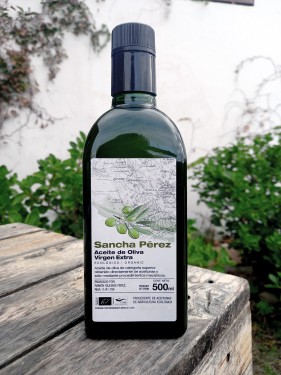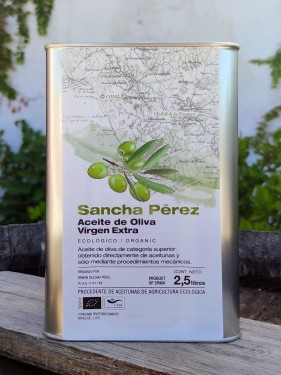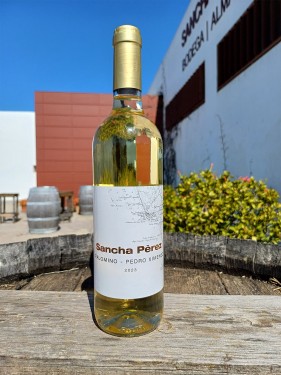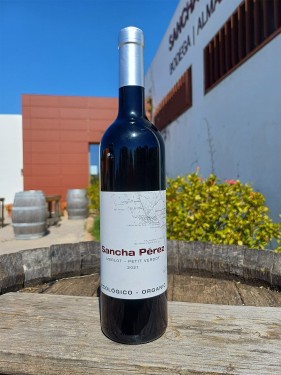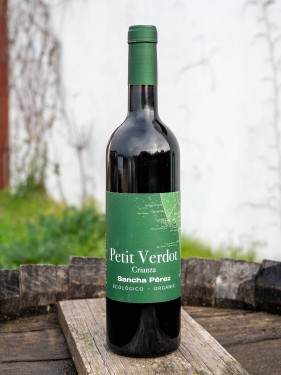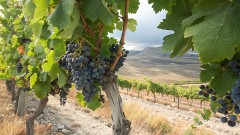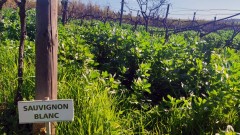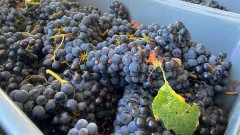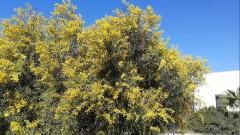
At Sancha Pérez, we have committed to using cover crops in our olive groves, vineyards, and also in the fruit tree areas. This cultivation technique offers many benefits to the soil and, consequently, to the fruits we harvest.
The rows that make up our crops should not be mere transit spaces, but living soil—undegraded, biologically active, and hosting biodiversity beneath which the root systems of our vineyards and olive trees develop. These are, therefore, the reserves of water and nutrients that our crops will use, so we must invest in their proper management and protection.
So, what exactly is a cover crop? It involves sowing grasses (triticale, barley, wheat, oats) and legumes (broad beans, peas…) in the rows; legumes enrich the soil by capturing atmospheric nitrogen thanks to bacteria living in their roots.
Cover crops prevent the physical, chemical, and biological degradation of the soil:
- Protect the soil from erosion.
- Prevent the proliferation of weeds.
- Provide an ideal habitat for beneficial insects, natural predators of harmful pests.
- Increase rainwater infiltration, reducing runoff, thus ensuring more water reaches deeper soil layers and better withstands dry periods.
- Enhance the fertility of the topsoil layer.
- Boost the growth of beneficial soil microorganisms that transform organic matter by releasing nutrients that plants feed on.
A farm with abundant cover crops maximizes its capacity to absorb atmospheric CO2, becoming an important carbon sink. This CO2 fixed in the soil helps restore its natural fertility, and this balance makes the soil more resistant to drought.

